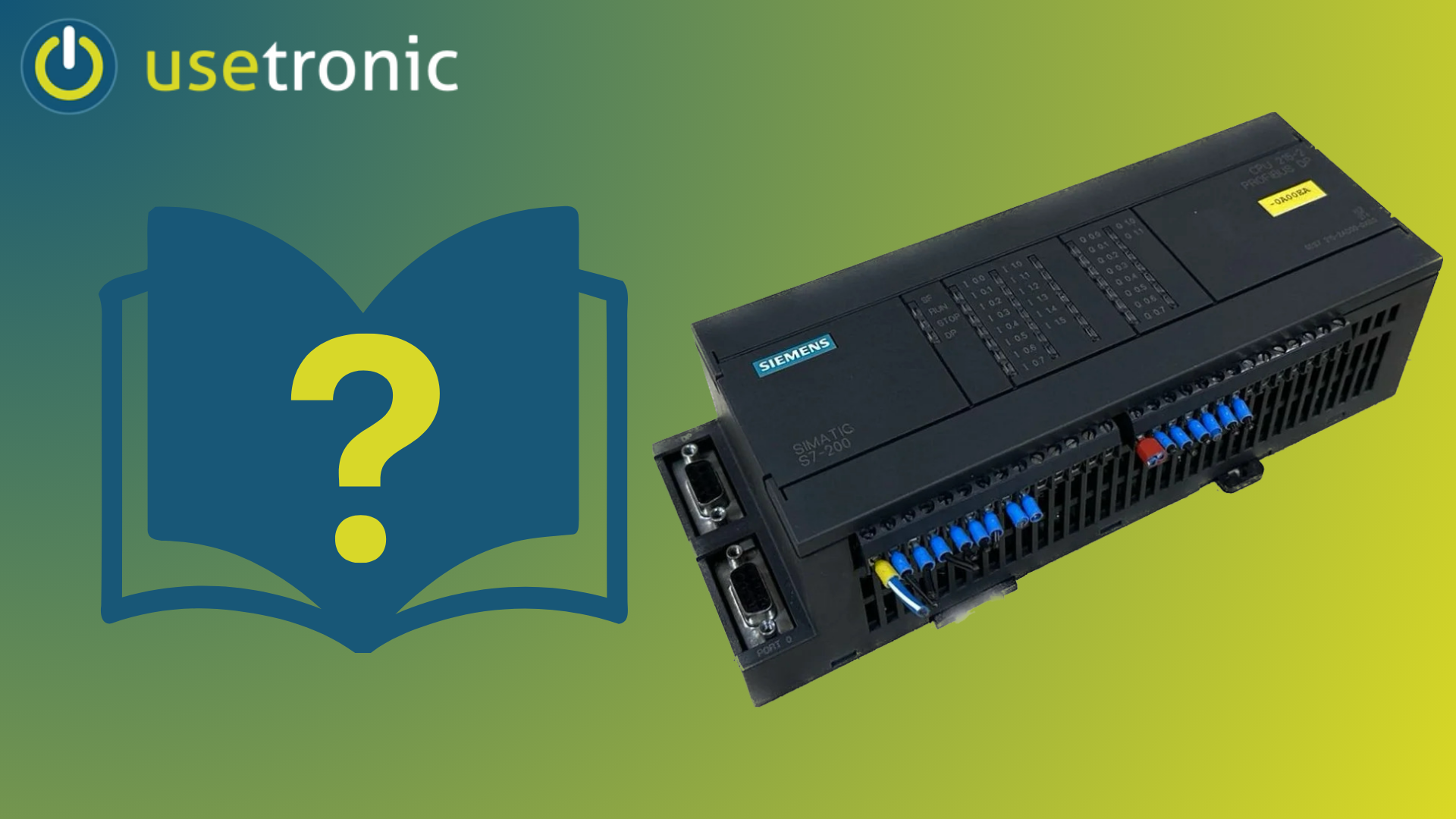Explanation
A current regulator, also known as a current regulator or current controller, is a device or circuit designed to regulate, limit, or control the flow of current in an electrical circuit. The current regulator is used to regulate the current through a load such as a motor. B. a motor, a heater or a lamp to a certain value and keep.
There are different types of current regulators used depending on the needs and applications:
1. Resistance Regulators: Resistance regulators use a variable resistor to control the flow of current. Adjusting the resistance adjusts the current value accordingly.
2. Voltage Regulators: Voltage regulators are electronic circuits that keep the output current through a load constant by adjusting the voltage across the load accordingly.
3. Switching Regulators: Switching regulators use switching techniques to regulate the flow of current through the load. They offer high efficiency and are commonly found in power supplies and other high power applications.
4. Pulse Width Modulation (PWM) Controllers: PWM controllers control the flow of current by varying the on and off time of a switch or switching device.
Current regulators are used in a variety of applications such as industrial equipment, home appliances, electronics, motor controls, and battery management systems. They enable precise control of current and help optimize circuits and energy efficiency.

What use do they have for industry?
In industry, current regulators are used in various applications to regulate and control the flow of current in electrical systems and devices. Some of the common uses are:
1. Motor Control: Current regulators are used in industrial equipment to control the current through electric motors. This enables precise speed control and efficient power delivery.
2. Heating and Air Conditioning Systems: In industry, flow regulators are used to regulate the flow of current to heating elements and air conditioning systems to control the temperature in specific processes and environments.
3. Welding technology: In welding applications, current controllers are used to control the welding current and improve weld quality and efficiency.
4. Electrochemical Processes: In electrochemical applications, such as electroplating, current regulators are used to control the flow of current for precise plating or etching processes.
5. Battery charging and discharging systems: Current controllers are used in battery management systems to control and optimize the charging current and discharging current of batteries.
6. High Power Lighting: In industry, current regulators are used in high power lighting systems to precisely adjust the brightness of light sources.
7. Semiconductor Manufacturing: In the semiconductor industry, current regulators are used to control the flow of current in various semiconductor manufacturing processes.
The use of current controllers in industry enables precise control of electrical processes, increased energy efficiency and optimized performance of electrical systems and devices. As a result, industrial processes can be made more efficient, reliable and economical.




